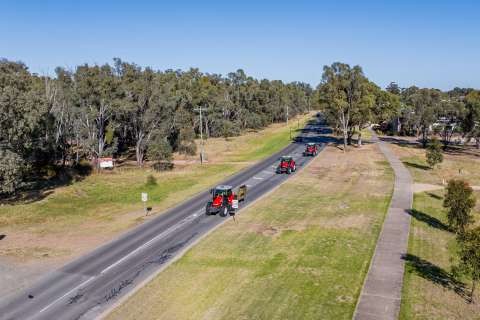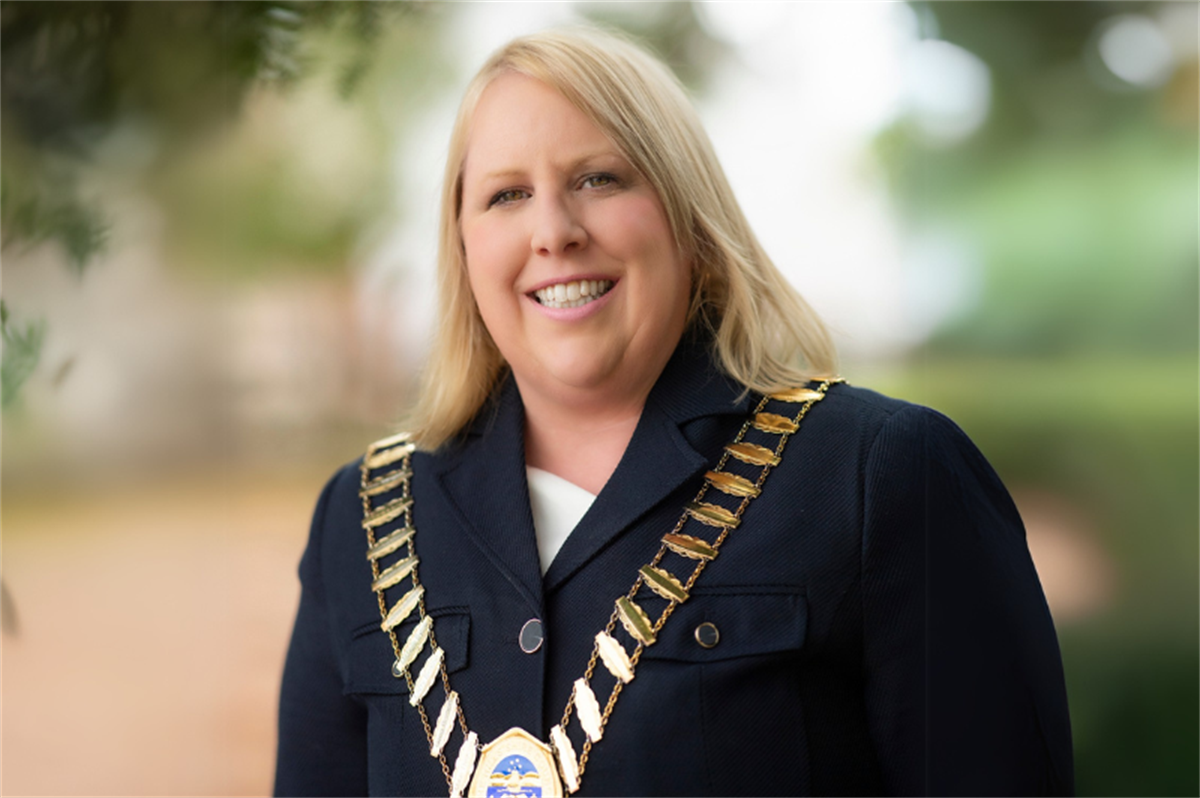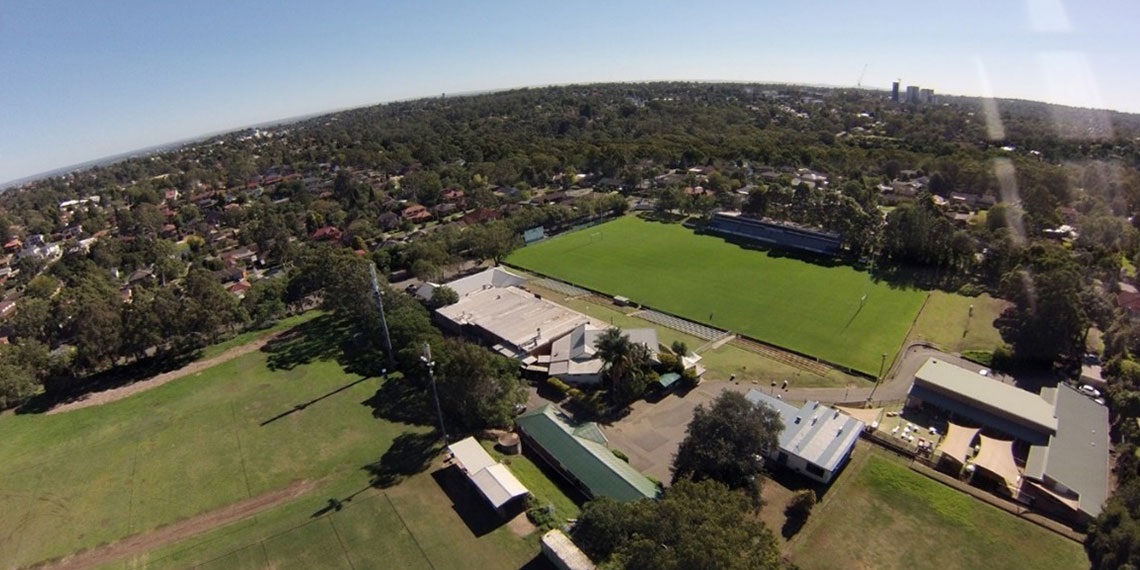The ³Ô¹ÏÍøÕ¾ Farmers’ Federation says a new government report looking at agriculture’s workforce doesn’t match farmers’ lived experience and fails to provide appropriate or current evidence that will help fix the much talked about problem of labour shortages.
The Demand for Farm Workers Farm Survey 2018 published today by the Australian Bureau of Agriculture and Resource Economics and Science (ABARES) reports that farmers in the horticulture sector have almost no difficulty in attracting workers. The report suggests of the 20,000 advertised positions, the survey found only 700, or 3.5% went unfilled. By industry, 14% of vegetable growers and 18% of both fruit and nut growers said they had difficulty recruiting workers. Broadacre and dairy were found to have the most pronounced workforce challenges.
“Strangely, this is almost the exact opposite of what NFF members report the situation to be,” NFF CEO Tony Mahar said.
“We have strong reservations about the report as we know the farm labour shortage is most severe in horticulture and while it is still a serious problem, it is less so in the dairy and broadacre sectors. The survey doesn’t align with what farmers are saying, did not cover many of the main fruit growing regions and instead focussed on fruit growing in the Murray Darling Basin.
“We are concerned that the findings are unhelpful in providing up-to-date data and positive steps that can be taken to deliver policies and initiatives to widen the farm workforce pool.
“Currently agriculture’s workforce deficit is one of the largest constraints to our sector’s productivity growth and we need solutions for agriculture to reach its potential of being a $100 billion industry by 2030.”
Mr Mahar said the industry-led evidence confirming farmers’ labour challenges was clear.
“A 2019 report commissioned by growers lead by VegetablesWA and developed by Dr Joanna Howe of the University of Adelaide found that 40% of vegetable growers had been unable to fill vacancies over a five year period and 22% said they experienced difficulties attracting workers “almost all of the time”.
“Alarmingly, Dr Howe confirmed the stark reality that some growers feel they are forced to rely upon ‘undocumented’ migrants who work and remain in Australia, in breach of their visa conditions and to engage in practices which do not comply with Australian labour standards.”
The NFF’s own labour survey found 43% of farmers experienced labour shortages during peak season, 23% said they had a constant labour shortage, and only 21% said they never experienced shortages. Alarmingly, 20% of those surveyed estimated losses exceeding $50,000 (and up to more than $2 million) per annum and 30% of farmers said a shortfall in labour supply was their principle labour concern for the next 12 months (second only to labour costs, at 33%).
Research carried out by the Victorian Farmers Federation found 67% of growers in the Sunraysia fruit and vegetable growing region required additional workers.
Mr Mahar said the NFF understood the difficulty of accurately assessing the extent to which farmers, particularly those in intensive industries, had challenges filling jobs.
“The figures are clouded by the mobility of workers, fluctuations between peak and non-peak labour needs, reliance on contractors and labour hire and the prevalence of undocumented workers.
“We also recognise that there is significant difficulties in making generalised findings which cover all farms irrespective of factors such as size, crop, location and turnover.
However, Mr Mahar said the ABARES report relied entirely on quantitative findings where by contrast, the NFF hears directly from farmers about their everyday experiences of the challenges of sourcing and retaining workers.
“To arrive at a complete picture of agriculture’s labour challenges, statistics need to be combined with the unique complexities of actual accounts from farmers.
The ABARES survey does reveal interesting data about the composition of the agricultural workforce; sources of labour; labour costs and why labour was an important issue for Australian agriculture.
“The data relating to the broadacre and dairy industries is consistent with our understanding – for example that the workforce of these industries is smaller and made up largely of family and local workers,” Mr Mahar said.
“We also concur that farmers have most difficulty filling skilled roles.”
Mr Mahar said the NFF had been optimistic that the ABARES’ survey would provide the much needed insights into the on-the-ground experience experienced by farmers.
“Despite the findings by ABARES, we remain firmly of the view that there is a problem.
“We continue to call for the Government to help agriculture lead its own thorough, well-resourced workforce study that addresses the sector-by-sector, region-by-region, seasonal complexities to deliver a true understanding of farmers’ labour challenges,” Mr Mahar said








